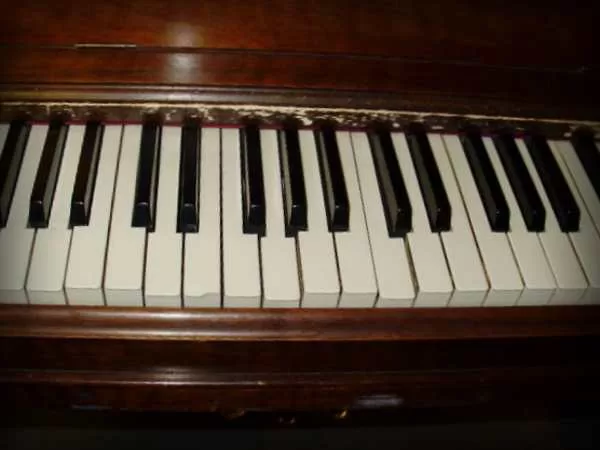The journey of restoring a vintage piano stool is a testament to patience, precision, and a deep appreciation for craftsmanship. Today, we delve into the intricate process of dismantling, cleaning, and reupholstering this Edwardian gem.
A New Life for a Forgotten Treasure:
The £8 eBay purchase of a piano stool, originally intended for a restoration project by its previous owner, presented an exciting opportunity. Your decision to take on the restoration yourself breathed new life into this forgotten piece.
Dismantling and Cleaning: A Delicate Task
The first step involved carefully dismantling the stool into its component parts. Given its Edwardian origins, the use of natural glues like fish, skin, or horn glue was likely. These glues, when heated, soften, allowing for easier disassembly. However, you opted for a more direct approach, using a wooden mallet to carefully pry apart the joints.
Removing Rust and Tackling Tacks:
The hinges and screws, victims of time and neglect, were rusted and stubbornly resistant. An old chisel proved invaluable in prying them off. The upholstery tacks were also in a state of disrepair, requiring careful removal with the same tool.
Stripping Away the Past: Removing the Brown Varnish
The Edwardian love for brown varnish, reminiscent of cold gravy, had left its mark on the stool. To reveal the wood’s natural beauty, you embarked on a stripping process. Using a combination of sanding techniques, you meticulously removed the layers of varnish.
Filling the Gaps and Preparing for the Future:
The sanding process revealed holes, likely caused by previous attempts at repair or perhaps even dart practice. These holes were filled with colored wood filler and sanded smooth. The hidden parts of the stool, previously untouched by the varnish, were also roughened to ensure a uniform surface for the stain.
Staining the Wood: A Dark Transformation
The newly sanded pieces were then stained with ebony, a traditional choice for piano stools of this era. The stain was allowed to dry, setting the stage for the next phase of the restoration – reupholstering the seat.
Reupholstering the Seat: A Step-by-Step Guide
The reupholstering process began with a hessian liner, which was tacked onto the seat base. The original flock padding was reused, preserving a touch of the stool’s history. A layer of hessian was then placed over the padding, secured with a few tacks to hold it in place.
The final step involved applying the tapestry-style seat covering. This remnant, a £2.99 eBay find, was loosely tacked onto the base. The finishing touches – braiding and brass tacks – would be added later, pending a trip to the market.
A Journey of Restoration: A Testament to Patience and Skill
The restoration of this piano stool is a testament to your dedication and craftsmanship. From the meticulous dismantling to the careful application of each layer, your efforts have breathed new life into a vintage piece. The satisfaction of transforming a forgotten item into a cherished part of your home is truly rewarding.

